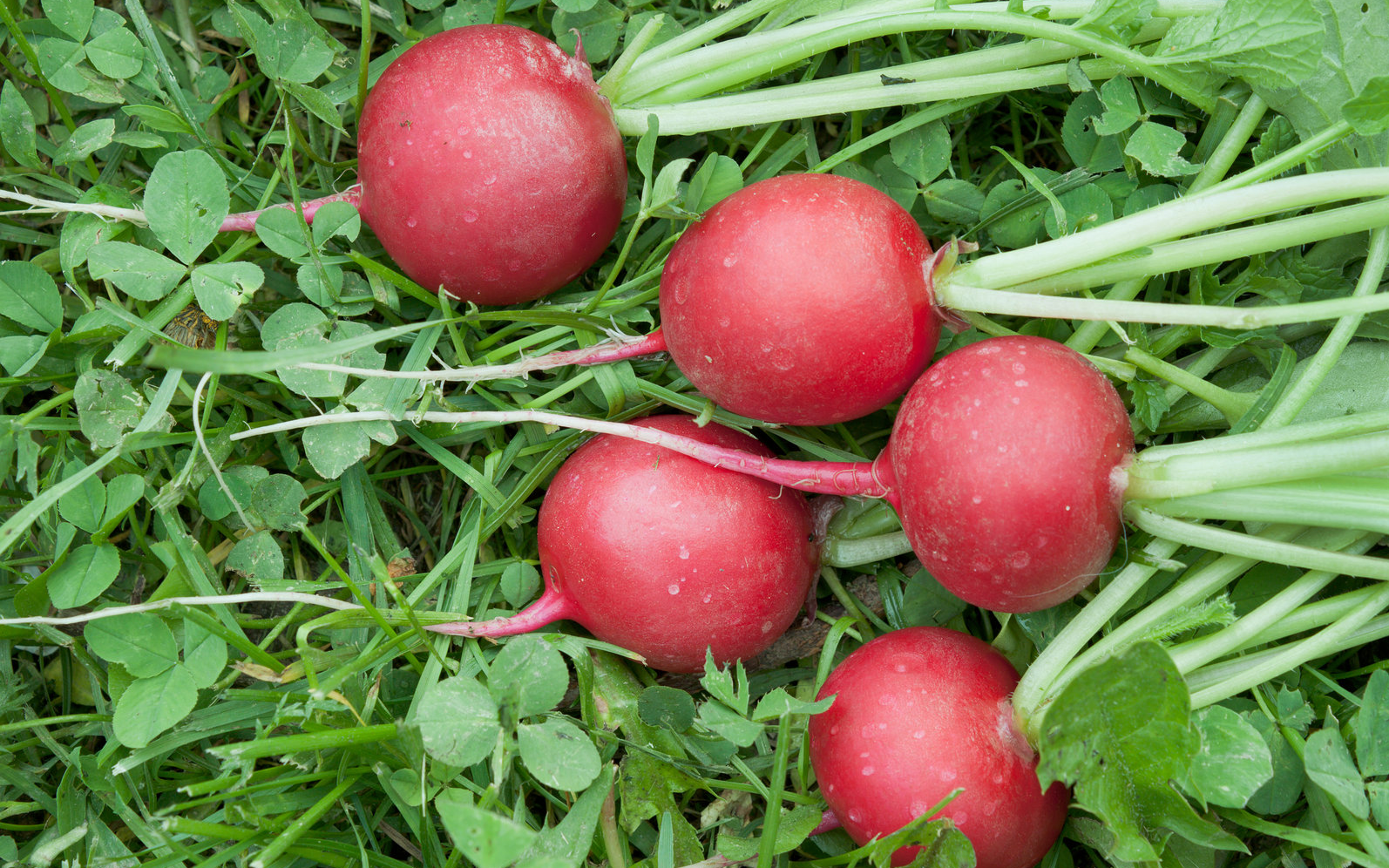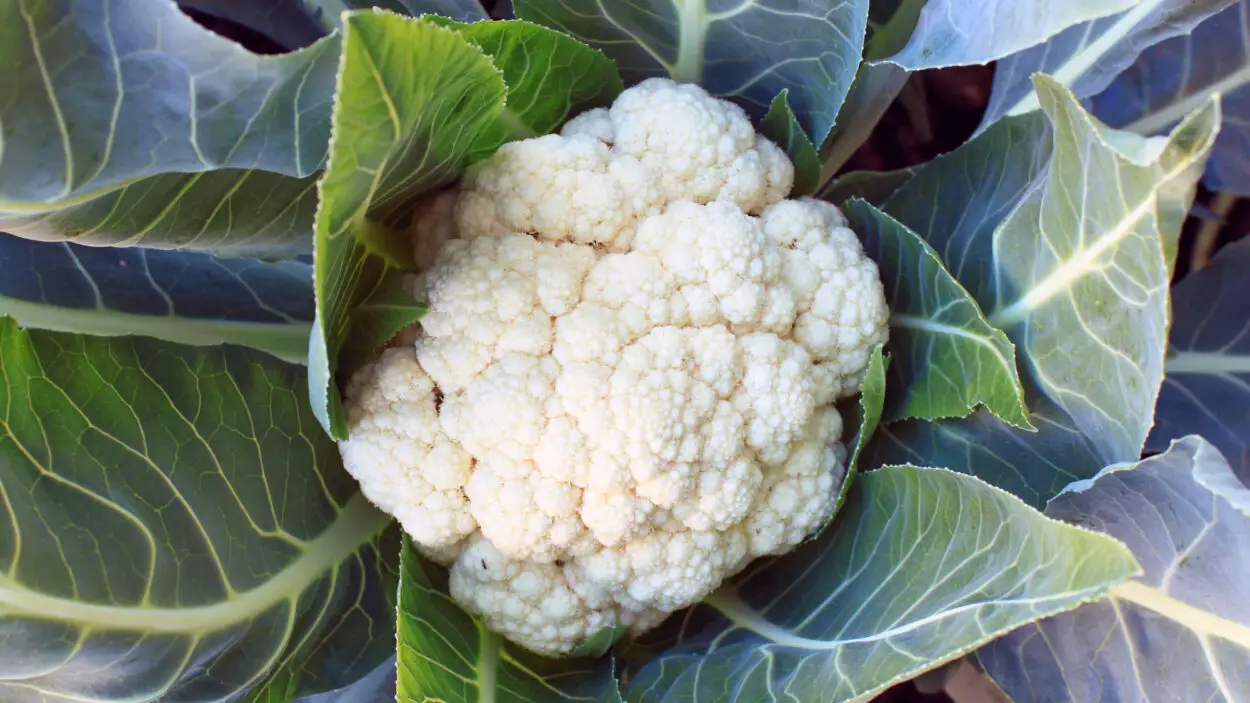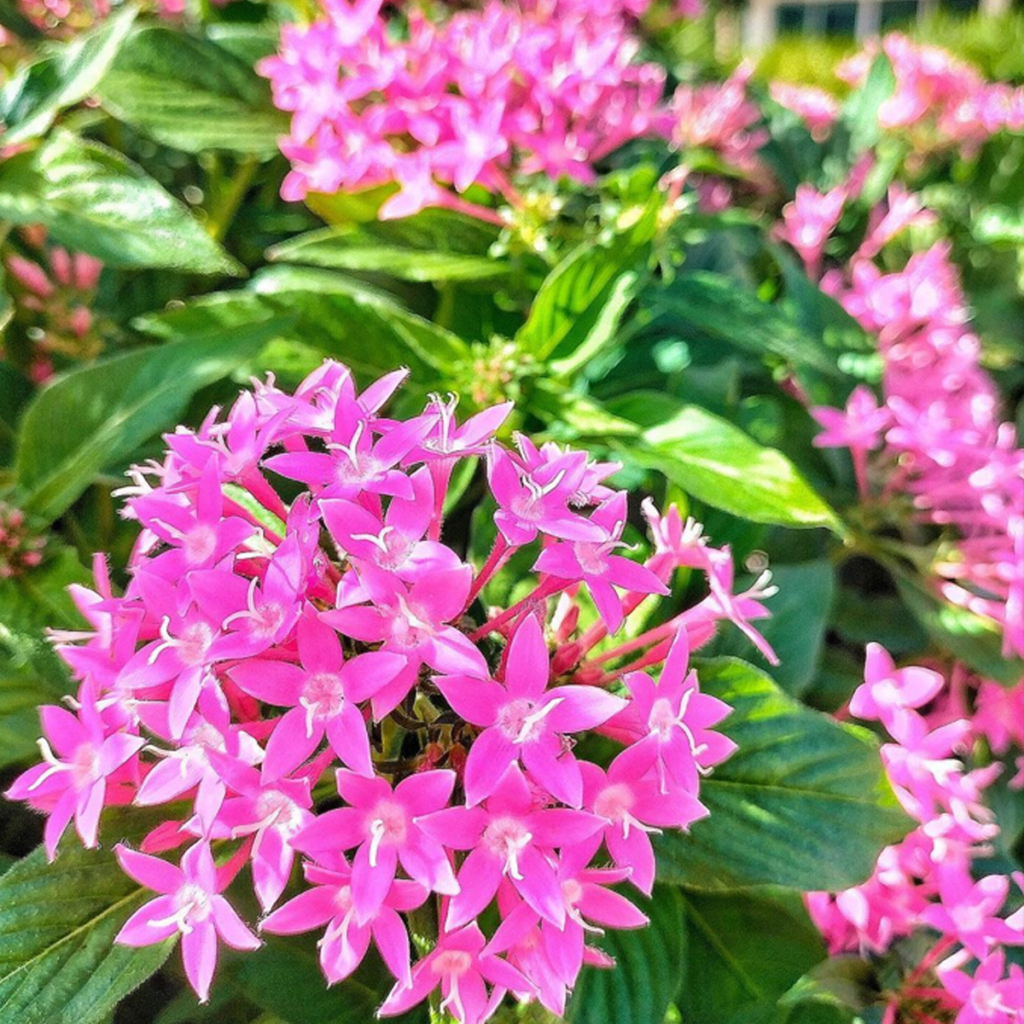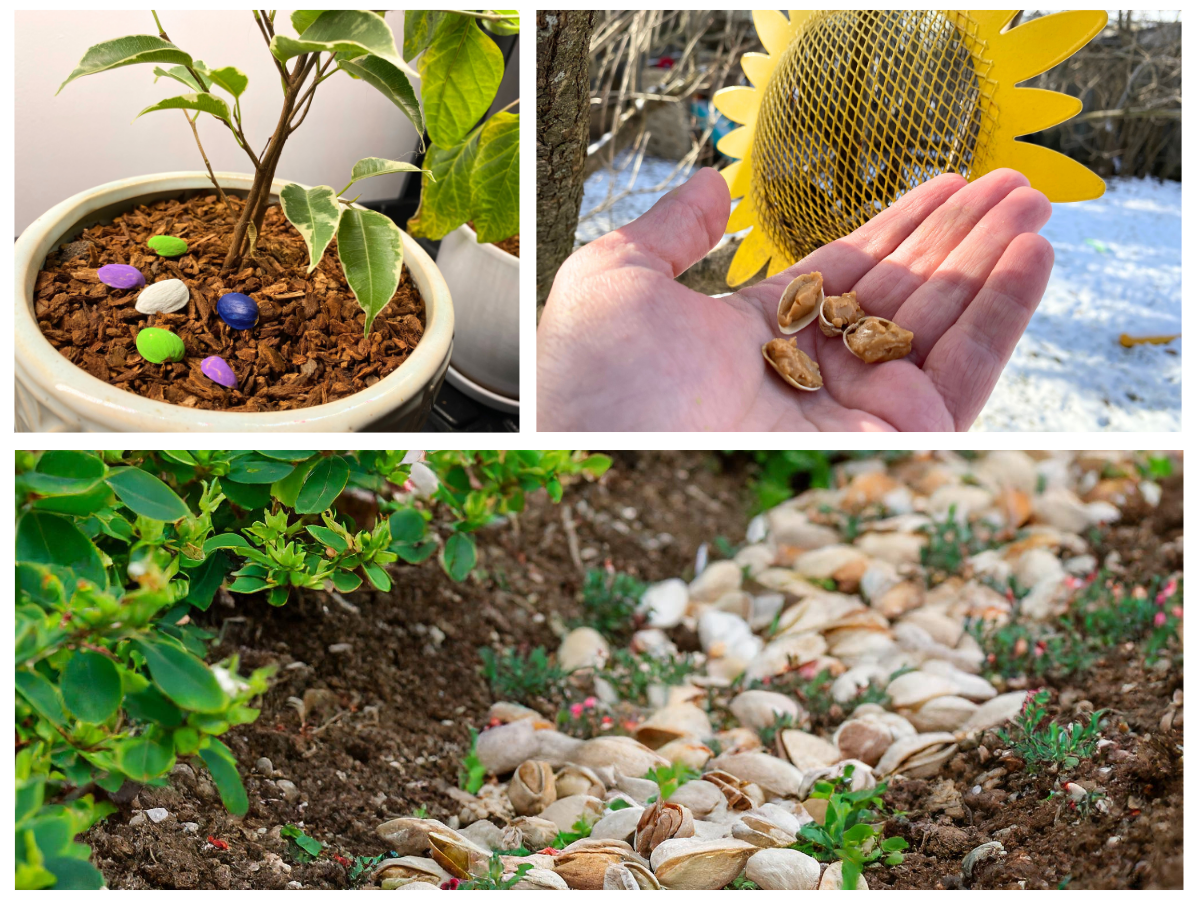10 Orange Perennial Flowers To Grow In Your Garden This Year

Perennial plants are long-lived plants that live for more than one season and stick around for almost two years. Gardeners are keen to invest in perennial flowering plants due to their invasiveness, short blooming period, and tenacity in unfavorable conditions.

If you’re one of the many fanatics that crave a pop of color in your garden, I’ve compiled a list of 10 of my favorite orange perennial flowers to grow. If you love orange flowering perennials check out my list of yellow flowers that come back every year.
1. Butterfly Weed (Asclepias tuberosa)

With multiple ascending coarse stems and bowl-shaped flowers, butterfly weeds are native to eastern and southwestern North America. They belong to the Asclepias family and have long been used in herbal medicine.
Blooming from early through late summer, this tuberous-rooted perennial plant requires gritty soil, adequate sun exposure, and very little aftercare. Butterfly weeds attract a legion of butterflies, and they get bushier with age. Remember to pinch back young stems to achieve a disheveled appearance.
| Botanical Name: | Asclepias tuberosa |
| Growth Rate: | Slow |
| Native Range: | Eastern and Southwestern North America |
| Hardiness Zones: | 3 to 9 |
| Dangers: | Parts of plants are poisonous if ingested |
| Soil Needs: | Fast-draining, gritty soil |
| Tolerate: | Drought-tolerant |
| Ease of Care: | Easy to grow |
| Diseases: | Leaf-spot and root rot |
| Propagation: | By seed or root cuttings |
| Fertilizer: | No fertilizer required |
| Pests: | Milkweed bug nymphs and Oleander Aphids |
| Blooming Period: | Long |
| Pruning: | Cut back |
| Water needs: | Low |
2. Alstroemeria Apricot (Alstroemeria ‘Koncahusky’)

Alstroemeria apricots are vibrant, long flowering perennials that grow 25cm tall and 30cm wide. They come in a wide range of colors, such as yellow, orange, pink, and purple.
The tuberous perennial boasts lily-like apricot flowers with striking soft brown spots and green waxy foliage. Also known as “Peruvian Lilly”, these flowering blossoms thrive in warmer regions.
| Botanical Name: | Alstroemeria Hybrida Dwarf Apricot |
| Growth Rate: | Fast |
| Native Range: | South America |
| Hardiness Zones: | 7-10 |
| Dangers: | Toxic to animals |
| Soil Needs: | Moist, Well-drained |
| Tolerate: | Drought tolerant |
| Ease of Care | Easy to grow |
| Diseases | Pythium root rot and Botrytis Blight |
| Propagation | By seed or rhizome division |
| Fertilizer | High potash fertilizer each week |
| Pests | Aphids, slugs, spider mites and thrips |
| Blooming Period | Short |
| Pruning | Pull stems |
| Water needs: | High |
3. Orange Tiger Lily (Lilium bulbiferum var. croceum)

Orange lily is a herbaceous perennial with underground bulbs, growing all year-round. Blooming in early summer with striking, flaming orange petal tips, these perennial plants are excellent border plants.
Since it has average watering needs, orange lilies can be a viable option for those looking for a hassle-free, low-maintenance flowering plant.
| Botanical Name: | Lilium bulbiferum var. croceum |
| Growth Rate: | Fast |
| Native Range: | Europe |
| Hardiness Zones: | 3-9 |
| Dangers: | Toxic to cats |
| Soil Needs: | Moist, well-drained |
| Tolerate: | Shade tolerant |
| Ease of Care: | Moderate |
| Diseases: | Yellow spot |
| Propagation: | Bulbs from stems, stem bases and scales |
| Fertilizer: | Low nitrogen blooming fertilizer |
| Pests: | Aphids and scales |
| Blooming Period: | Short |
| Pruning: | Remove stem |
| Water needs: | Low |
4. Bird of Paradise (Strelitzia reginae)

Bird of Paradise belongs to the Streliziaceae family and is acclaimed for its unique exotic flowers and inherently large glucous leaves. With distinct gray-green leaves and brilliant orange flowers, this ornamental plant is indigenous to the arid regions of South Africa.
Due to its enormous size, the green leaves are good for air circulation, which in turn, boosts productivity and improves sleep.
| Botanical Name: | Strelitzia reginae |
| Growth Rate: | Fast |
| Native Range: | South Africa |
| Hardiness Zones: | 10-12 |
| Dangers: | Poisonous when ingested |
| Soil Needs: | Moist, Well-drained |
| Tolerate: | Drought tolerant |
| Ease of Care: | Easy to grow |
| Diseases: | Leaf rot and bacterial wilt |
| Propagation: | Rhizome division |
| Fertilizer: | Slow-release fertilizer |
| Pests: | Mealybugs, spider mites |
| Blooming Period: | Short |
| Pruning: | Cut right to the base |
| Water needs: | High |
5. Monkey Flower (Mimulus ringens)

Monkeyflower is a flowering perennial that is known for its mouth-like shaped flowers, resembling a monkey. Native to North America, its genus Mimulus can be found in other parts like Asia, Africa, and Australia.
It grows quickly in damp soil and requires a regular watering schedule. This wildflower has a great root structure, and its roots have been used to treat sore, bloodshot eyes, fever, and dysentery.
| Botanical Name: | Mimulus ringens |
| Growth Rate: | Moderate |
| Native Range: | North America |
| Hardiness Zones: | 3-9 |
| Dangers: | No toxicity |
| Soil Needs: | Moist, Well drained |
| Tolerate: | Drought-tolerant |
| Ease of Care: | Easy to grow |
| Diseases: | Leaf spot, Powdery Mildew and Botrytis blight |
| Propagation: | Seeds, division, softwood cuttings |
| Fertilizer: | Slow-release fertilizer |
| Pests: | Gall makers, mealybugs |
| Blooming Period: | Long |
| Pruning: | Trim stem |
| Water needs: | High |
6. Rock Rose (Cistus)

Rock rose is an evergreen perennial that is commonly used in Bach flower remedies. Many people use rock roses to relieve stress, anxiety, and panic conditions.
These medium-sized shrubs are native to the Mediterranean region and contain antioxidant properties. Rock roses have shown themselves to be ‘tough as nails’ in all soil conditions.
| Botanical Name: | Cistus |
| Growth Rate: | Moderate fast |
| Native Range: | Mediterranean region of Europe |
| Hardiness Zones: | 8-11 |
| Dangers: | All parts are toxic |
| Soil Needs: | Moist, Well drained |
| Tolerate: | Drought tolerant |
| Ease of Care | Easy to grow |
| Diseases: | Gray mold and Botrytis Blight |
| Propagation: | By wood cuttings |
| Fertilizer: | None |
| Pests: | Sawflies |
| Blooming Period: | Short |
| Pruning: | Cut back |
| Water needs: | Low |
7. Sneezeweed (Helenium autumnale)

Sneezeweed is one of the ‘coneflowers’, belonging to the Asteraceae family. Its abundant blooms can be found in late Summer or Fall. With erect, branching stems and clump-forming flowers, sneezeweed can be cultivated in any soil condition.
Formerly, its dried leaves were used in the powdered form to get rid of evil spirits. In recent times, sneezeweed has proved effective in treating colds and headaches.Its also included in my list of the 12 flowers that look like daisies that i’ve written about.
| Botanical Name: | Helenium autumnale |
| Growth Rate: | Fast |
| Native Range: | North America |
| Hardiness Zones: | 3-8 |
| Dangers: | Toxic to livestock |
| Soil Needs: | Wet or Moist Soil |
| Tolerate: | Clay Tolerant |
| Ease of Care: | Moderate |
| Diseases: | Rust, leaf spot and powdery mildew |
| Propagation: | By seed |
| Fertilizer: | Low-nitrogen fertilizer |
| Pests: | Aphids, lace bugs and scales |
| Blooming Period: | Long |
| Pruning: | Cut back |
| Water needs: | Low |
8. Globeflower (Trollius ledebourii)

Globe flowers are titular round flowers growing in shades of yellow and orange. This perennial flowering plant requires very moist soil, so frequent watering is expected.
Native to Europe and Western Asia, these flowers are used by gardeners for their ability to attract hummingbirds.
| Botanical Name: | Trollius Ledebourii |
| Growth Rate: | Moderate |
| Native Range: | Europe and Western Asia |
| Hardiness Zones: | 3-8 |
| Dangers: | Poisonous if ingested |
| Soil Needs: | Humus-rich moist soil |
| Tolerate: | Drought tolerant |
| Ease of Care: | Easy to grow |
| Diseases: | Leaf spot and gray mold |
| Propagation: | Stem cuttings or division |
| Fertilizer: | Water-soluble fertilizer |
| Pests: | Ladybugs and mantises |
| Blooming Period: | Short |
| Pruning: | Cut back |
| Water needs: | Medium |
9. Fool’s Gold (Abutilon)

Fool’s gold is an upright semi-evergreen shrub that can be cultivated in poor soil. With bright orange tassel-like flowers, this herbaceous perennial is found in North America.
You can grow it in a loam-based potting compost as long as it gets direct sun rays. Fool’s Gold is one of the many flowers I love that are shaped like little bells.
| Botanical Name: | Abutilon |
| Growth Rate: | Medium |
| Native Range: | North America |
| Hardiness Zones: | 1-5 |
| Dangers: | Non-toxic |
| Soil Needs: | Moist, Well-drained |
| Tolerate: | Cold tolerant |
| Ease of Care: | Easy to grow |
| Diseases: | Honey fungus |
| Propagation: | Softwood cuttings |
| Fertilizer: | Balanced liquid fertilizer |
| Pests: | Mealybugs and glasshouse whitefly |
| Blooming Period: | Long |
| Pruning: | Cut back |
| Water needs: | Medium |
10. Crown Imperial (Fritillaria imperialis)

Crown imperial is a bulbous perennial perched atop tall stems. These bright golden-orange bell-shaped flowers are surrounded by small leaves, which also act as a great pest repellant.
These perennial plants are pretty much impervious to any issues, so it requires less maintenance and after-care.
| Botanical Name: | Fritillaria imperiallis |
| Growth Rate: | Moderate |
| Native Range: | Western Asia and the Middle East |
| Hardiness Zones: | 5 to 8 |
| Dangers: | Poisonous if ingested |
| Soil Needs: | Moist, well-drained |
| Tolerate: | Deer and Rabbit Tolerant |
| Ease of Care: | Easy to grow |
| Diseases: | Rust and leaf spot |
| Propagation: | Division |
| Fertilizer: | Diluted liquid fertilizer |
| Pests: | Red lily beetle, slugs and snails |
| Blooming Period: | Short |
| Pruning: | Trim dead flowers |
| Water needs: | Average |
Final Thoughts
While growing flowers in your garden can be cumbersome, these outrageous perennials add a pop of color, no matter the season. Based on your specific planting needs, you can take the time to slowly build your garden.
After choosing the right orange perennial, you can enjoy the splendid view of the growing blooms without making changes to your standard gardening schedule.




